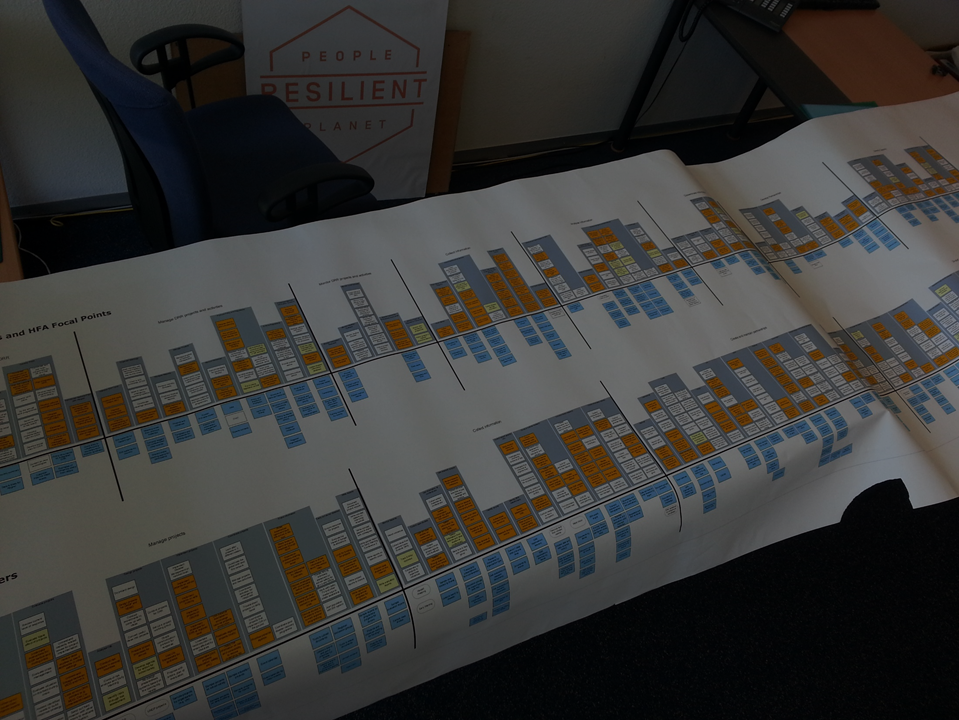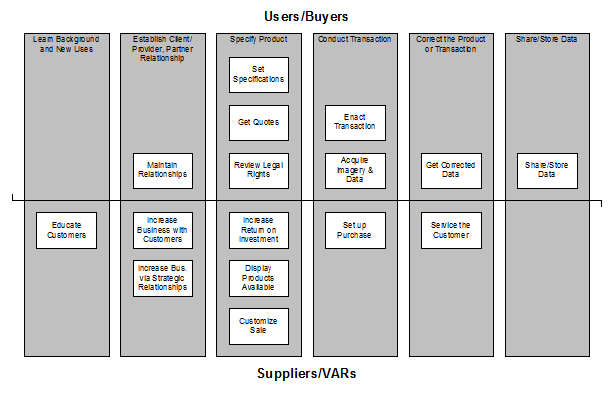
Creation story
Mental Model Diagrams, Opportunity Maps, and Thinking Styles
I started out as a programmer, and developed my specialty in interaction design. As I gained skill, I decided to become an independent software designer in 1991. My work involved defining software flow, interaction design, information architecture, and rollout strategy, as well as testing and pre-design research. This last item was important to me because I was not a domain expert in any of the projects I worked on. I was always interested in reaching out to the people I was coding or designing for.
In the beginning I captured my pre-design research in a state diagram, because I had no other tools. Not everyone on the business side of the teams I worked with could easily make sense of state diagrams, so I would regularly provide clients with a summary of the patterns I’d found in Word documents. Then one day in 2000 I took the extra step of showing one of my clients how their features matched (or didn’t match) with people’s patterns. I used a fishbone diagram with the patterns on one side and the features on the other. The stakeholders around the conference table uttered a collective, intensely interested, “Huh!” We spent the rest of our time together discussing the implications of the mismatches and the weak matches.
The very first mental model diagram … somewhat terse, but eye-opening in the gaps that appear.
In the taxi ride back to the airport, my teammate couldn’t stop talking about how useful that discussion was. He turned to me and declared, “You’ve got to patent that diagram!”
A more recent example of a mental model diagram from the United Nations Disaster Prevention team.
I’m not a patent and make-loads-of-money person. I immediately discarded his suggestion and instead turned my energy to spreading the mindsets, diagrams, and methods to everyone I could. I spent the next decade and a half evolving the mental model alignment diagram, clarifying the reasons for it, and sharing it with the global software community. I introduced thinking styles as a layer of behavioral segmentation onto the diagrams and learned how others have layered other data on the diagrams. I adopted the name “opportunity maps” from people who work at Google and other enterprise companies who needed a catchier name.
Hundreds of practitioners and leaders have embraced these mindsets and work to further expand it’s value. I encourage practitioners to share their stories so that everyone can benefit. Top performing organizations such as United Airlines, McDonald’s, and Qualcomm have gained lasting insights from my research with them. Some government digital offices have adapted the approaches to their needs. And I have gladly collaborated with startups, higher education, agencies, and people internationally to bring this kind of research to teams who don’t have Fortune 100 budgets.
